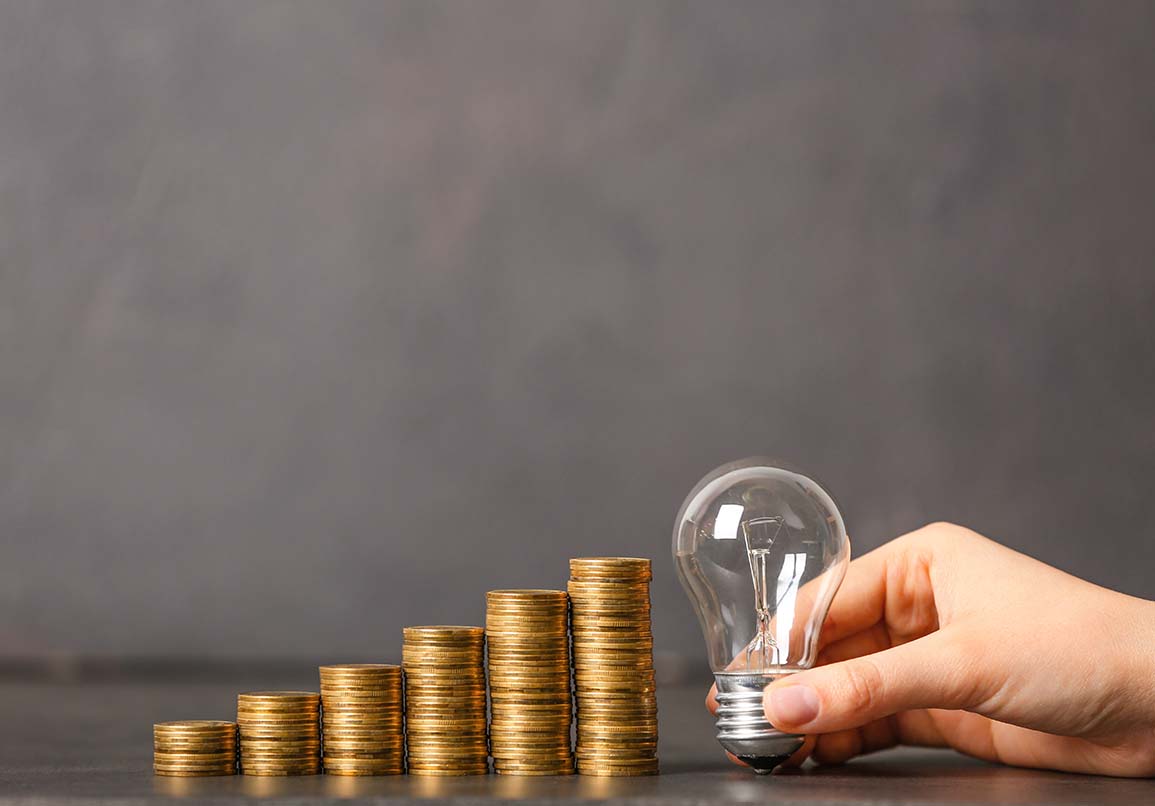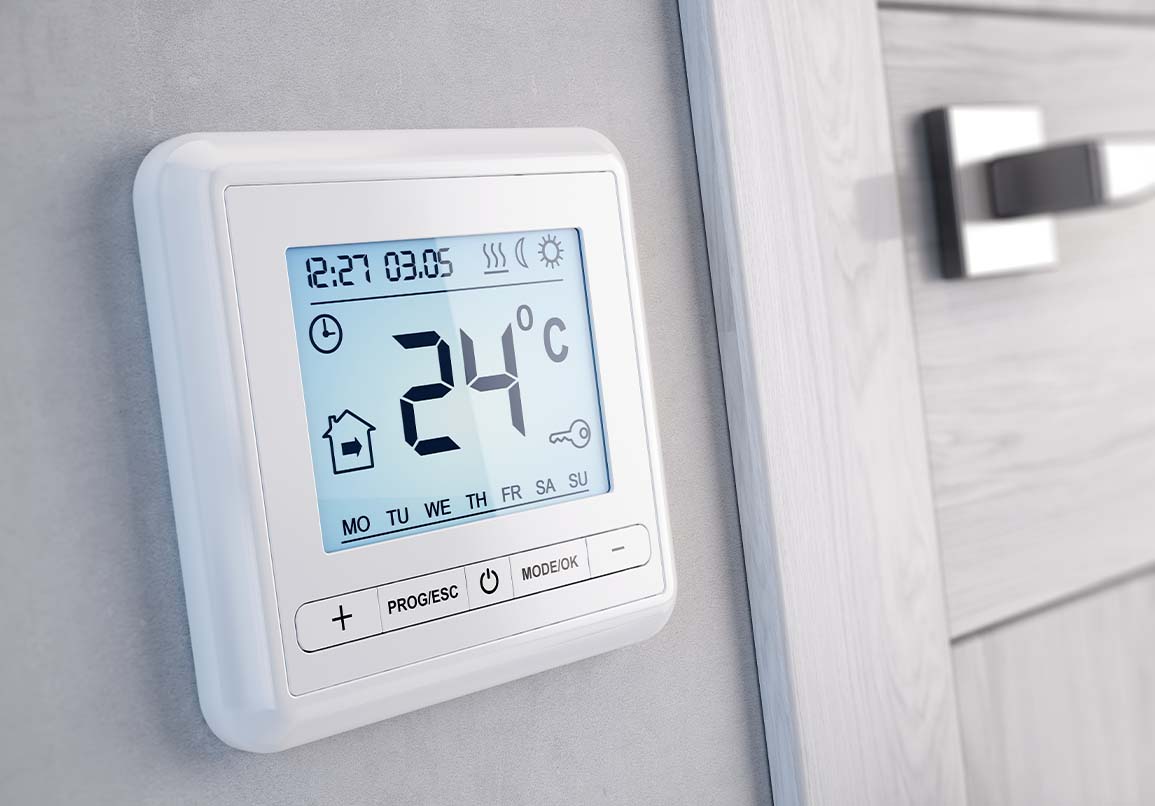Electricity is a form of energy that is easy to use and transport. We use it in our homes to power up electrical appliances, heat our homes and much more. It is not, however, a primary source of energy, like coal or natural gas, which are accessible for us without any processing. In order to use electricity as a form of energy, we need to generate it using various processes.
Electricity supplied by energy companies to our homes is generated in big, commercial power plants. There are different primary sources of energy and processes that are used in order to obtain the electrical power that is further transported to consumers.
The most common power plants used in the energy sector nowadays are thermal power plants. In such systems, coal, natural gas, biofuels, or even crude oil is burned to heat up the water in the power plant to produce high temperature and high-pressure steam. Steam is then transported onto so-called steam turbines which start spinning, gaining mechanical rotational power. Mechanical power from rotating turbines is then used in electrical generators, which can produce electrical energy by spinning electromagnets inside coils of wires.
Other examples of thermal power plants that operate on the same principles as the power plants described above are geothermal power plants and nuclear power plants. What differentiates them from conventional thermal power plants is the primary source of energy. In geothermal power plants, high-temperature steam is obtained from the Earth’s underground hot springs. In nuclear power plants, uranium is used to heat up water and steam by conducting a nuclear chain reaction. Nuclear power plants have great efficiency and use very small amounts of fuel to produce the same amount of heat as conventional power plants.
Apart from the conventional steam-turbine powerplants which are described above, electricity can be generated using alternative, renewable energy sources such as wind, solar, water (hydro) energy.
In wind power plants, the wind is utilized to spin the blades of the wind turbines, generating mechanical rotational energy. This energy is then transported onto the electrical generator, a similar process to the steam-turbine power plants’ generators. Wind turbines are usually very tall and have large diameters in order to gain as much energy as possible from wind.
Solar power plants are vast areas of land on which a lot of solar panels are installed. Combining hundreds or even thousands of solar panels into one system can generate similar amounts of energy that can be produced in thermal power plants. Their operating principle is the same as in the smaller solar energy systems [see the article: What is a solar cell?].
Hydro power plants generate electricity from moving water that can spin a water turbine, which then transports its mechanical rotational energy onto a generator in the same manner as in the previous examples. They can be installed on rivers, waterfalls or even use ocean tide energy to spin the water turbine.





















